JBL GTO1004 Bruksanvisning
Läs gratis den bruksanvisning för JBL GTO1004 (4 sidor) i kategorin mottagare. Guiden har ansetts hjälpsam av 19 personer och har ett genomsnittsbetyg på 4.8 stjärnor baserat på 10 recensioner. Har du en fråga om JBL GTO1004 eller vill du ställa frågor till andra användare av produkten? Ställ en fråga
Sida 1/4

GTO1004
OWNER’S MANUAL
BEDIENUNGS -
ANLEITUNG
MODE D'EMPLOI
MANUAL DE USO
HANDLEIDING
MANUALE UTENTE
ANVÄNDAR -
HANDBOK
BRUGSVEJLEDNING
OMISTAJAN
KÄSIKIRJA
PODRĘCZNIK
UŻYTKOWNIKA
РУКОВОДСТВО
ПОЛЬЗОВАТЕЛЯ
±ÈÀý
1.000
Produktspecifikationer
| Varumärke: | JBL |
| Kategori: | mottagare |
| Modell: | GTO1004 |
| Bredd: | 264 mm |
| Djup: | 54 mm |
| Höjd: | 472 mm |
| LED-indikatorer: | Ja |
| Hörlursutgångar: | 4 |
| Ljudutgångskanaler: | 4.0 kanaler |
| Total harmonisk distorsion (THD): | 0.05 % |
| Toppeffekt per kanal: | 600 W |
| RMS uteffekt per kanal (4 Ohm): | 400 W |
| RMS uteffekt per kanal (2 Ohm): | 600 W |
| Produktens färg: | Svart, silver |
| bruksanvisning: | Ja |
| Frekvensområde: | 10 - 100000 hz |
| Anslutningsteknologi: | Kabel |
| Ändamål: | Hem |
| Signal/brusförhållande (SNR): | 104 dB |
| Maximal input nivå: | 6 V |
Behöver du hjälp?
Om du behöver hjälp med JBL GTO1004 ställ en fråga nedan och andra användare kommer att svara dig
mottagare JBL Manualer
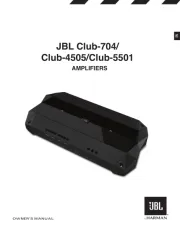
7 Juni 2025
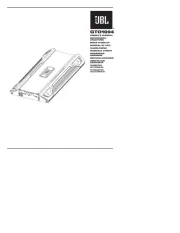
7 Juni 2025

21 Februari 2025

1 Januari 2025

1 Januari 2025

1 Januari 2025

1 Januari 2025

1 Januari 2025

1 Januari 2025

1 Januari 2025
mottagare Manualer
- ART
- Deaf Bonce
- BINIZE
- Datapath
- Black Box
- Seco-Larm
- Meliconi
- Ground Zero
- Sirus
- Panduit
- AudioControl
- Modelcraft
- DirecTV
- Audiotec Fischer
- Mark Levinson
Nyaste mottagare Manualer

19 Oktober 2025
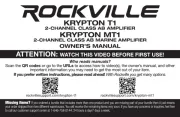
19 Oktober 2025
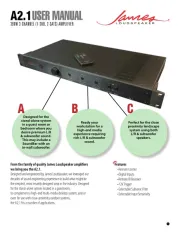
18 Oktober 2025
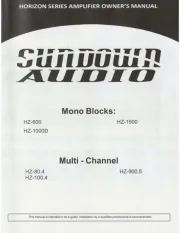
18 Oktober 2025
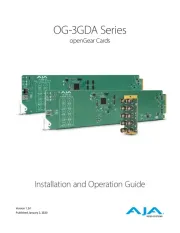
18 Oktober 2025
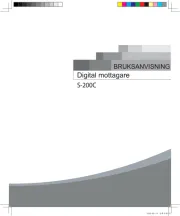
18 Oktober 2025
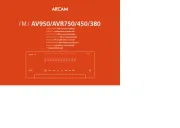
17 Oktober 2025

15 Oktober 2025
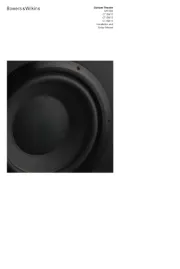
15 Oktober 2025
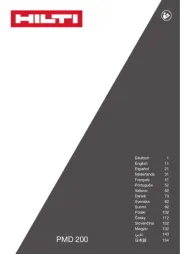
15 Oktober 2025